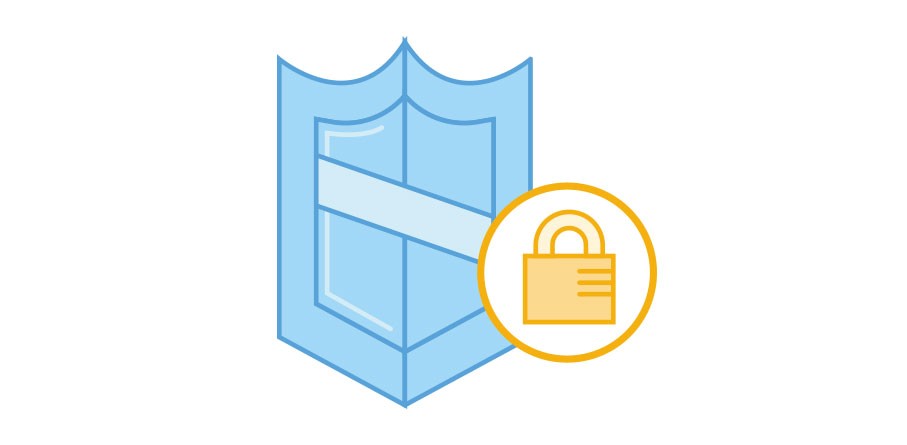If you’re on AWS Cloud, is security a big concern? In this blog, we explore some of the most effective security mechanisms if you have your data in the Cloud.
It is believed that security is everyone’s responsibility. It can be successful if there’s continuous monitoring, implementation of all the best practices, and meeting all compliance needs in the cloud. AWS provides a number of benefits like flexibility, elasticity, utility billing, and reduced time-to-market. It offers many security services and features that you can use to manage security of your assets and data in the AWS.
But no matter how stringent or advanced the security norms might be, as long as you’re in cloud infrastructure, security remains a constant concern. It is critical to have proper control checks in place to not only remain compliant but also manage security effectively.
Image Source: https://d0.awsstatic.com/security-center/security_01.jpg
Identity and Access Management Tool (IAM)
AWS has Identity and Access Management Tool also known as the AWS IAM to better manage users who can access the resources in the Cloud directly. The tool helps to keep a check on unauthorized access and identity theft (ensures that passwords of the users are changed frequently). Multi-Factor Authentication or MFA, which is one the features of Identity and Access Management tool, is an important practice that enhances the security of the data in the cloud. Additionally, Access Management Control, which is yet another added feature of AWS IAM, ensures that EC2 key pairs can have access to resources only through protocols.
Web Application Firewall (WAF)
AWS offers the WAF or Web Application Firewall that protects the web apps from cyber-attacks. It can protect web apps from some of the most notorious attacks: OWASP TOP 10. With the deployment of customized web security rules for WAF, the traffic that can access the apps can be defined. Traffic from a certain source can also be blocked. WAF identifies the typical patterns of the attack like cross-site scripting, etc. There are open source WAF solutions available like Mod Security that can also be used for the same purpose.
Scans, Monitoring and Audit Logs
Regular security scans, constant monitoring and maintenance of audit logs can ensure that security risks are covered adequately. For example, a security scan that is executed for OWASP ensures that WAF security norms are properly configured. There are analytics that can identify the pattern of cyber-attacks and identify the next attack before it happens.
AWS Security Groups
The inbound and outbound traffic can be effectively controlled with the help of AWS Security Groups. It enables access to only certain network ranges. The security groups help to control access to administrative services (SSH, RDP, etc.) as well as databases.
Testing Infrastructure
The most effective way, to identify risks to your data in the Cloud, is to perform scans in your AWS infrastructure. Penetration Testing can help you identify how vulnerable your cloud infrastructure is. EC2 instances allow you to perform authenticated scans that can check if your system is susceptible to attacks.
Need to ensure the security of data and apps in AWS? You can discuss your challenges with one of our experts.
Get Started
Fill out the form below and we'll get back to you shortly.




